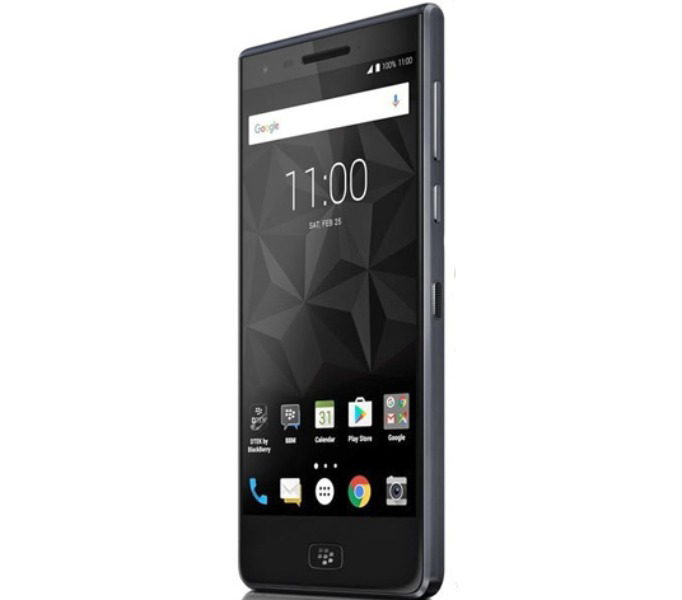


The BlackBerry Motion, released in October 2017 by TCL Communications under the BlackBerry Mobile brand, is a mid-range Android smartphone that ditched the physical keyboard for a full touchscreen design. Priced at $449/£399 at launch, it features a 5.5-inch FHD IPS LCD, Snapdragon 625 chipset, a 12MP camera, and a 4000 mAh battery, targeting users who want BlackBerry’s security features without the keyboard. It also boasts IP67 water resistance, a rarity for BlackBerry devices at the time. In 2025, the Motion is outdated, with no software updates beyond Android 8.1 Oreo, no 5G support, and hardware that struggles with modern demands. Still, its battery life and durability make it a niche option for BlackBerry fans, available used for around $80-$120.
|
Feature |
BlackBerry Motion |
|
Release Date |
October 2017 |
|
Display |
5.5" IPS LCD, FHD (1080 x 1920), 401 ppi, Dragontrail Glass |
|
Processor |
Qualcomm Snapdragon 625, 14nm, Octa-core (2.0 GHz) |
|
RAM |
4GB |
|
Storage |
32GB, microSD support (up to 2TB) |
|
Rear Camera |
12MP (f/2.0, 1.55μm, PDAF), LED flash |
|
Front Camera |
8MP, f/2.2 |
|
Battery |
4000 mAh, Quick Charge 3.0 |
|
OS |
Android 7.1 Nougat (upgradable to 8.1 Oreo, no further updates) |
|
Build |
Aluminum frame, plastic back, IP67 water/dust resistant |
|
Connectivity |
4G LTE, Wi-Fi 5, Bluetooth 4.2, USB-C, NFC, 3.5mm headphone jack |
|
Price (Launch) |
$449 / £399 |
To make a modern BlackBerry Motion competitive in 2025, the following enhancements could address its shortcomings while maintaining its focus on security and durability:
The BlackBerry Motion was a bold departure for BlackBerry in 2017, offering a full touchscreen design with IP67 water resistance, a large 4000 mAh battery, and BlackBerry’s security features like DTEK and BlackBerry Hub. Its 5.5-inch display and durable build made it a solid mid-range option for users who didn’t need a physical keyboard. However, in 2025, the Motion is severely outdated, with its Snapdragon 625 chipset, lack of 5G, and stagnant Android 8.1 Oreo software, which hasn’t been updated since 2019. The camera also lacks modern features, and its availability is limited to the used market. If you’re a BlackBerry fan and can find a used Motion for $80-$120, it might suffice for basic tasks like email and browsing. For most users, however, newer mid-range phones like the Samsung Galaxy A55 or Google Pixel 8a offer better performance, 5G support, and long-term software updates, making them far more practical choices in 2025.
The overall rating is based on reviews by our experts
No reviews yet.
|
How Is the Design? |
|
|
How is the Display? |
|
|
How is the Camera? |
|
|
How are the Features? |
|
|
How is the Connectivity |
|
|
How is the Usability? |
|
|
How is the Performance? |
|
|
How is the Battery Life? |
No prices available.